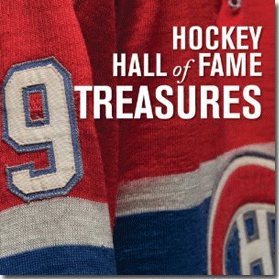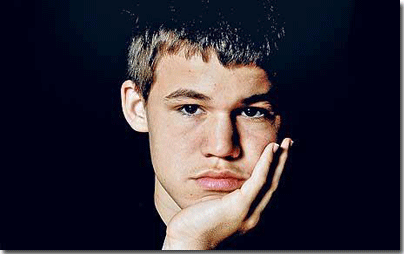Only two percent of financial transactions in Sweden are made in cash. Fitting then that King Gustav Vasa will be replaced by Dag Hammarsköjd in the new 1000-krona bill.
In their hit 2015 two-man comedy show Ägd, Swedish comedians Henrik Schyffert and Fredrik Lindström ran a bit about a Swede walking past a beggar and instead of giving him or her money, she just pats her pockets and shrugs her shoulders apologetically as if to say she’d give some money, if only she had some cash.
It always got a laugh because it was so easy to relate to. It felt true not only because the citizens of this Scandinavian welfare state have a hard time confronting underprivileged people in person to begin with, but also because nobody in Sweden carries cash with them anymore.
If they can’t pay with a debit or credit card, then surely the seller will accept Swish, an electronic payment solution that connects the users mobile phone number with a bank account and enables quick and secure transactions between consumers.
“Only about two percent of all payments in Sweden are made in cash,” says Jacob de Geer, CEO and co-founder of iZettle, a seven-year-old mobile payments company known for its payment card readers.









%><%image(mmoffice2.gif)